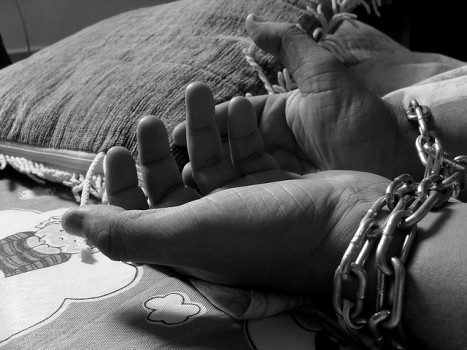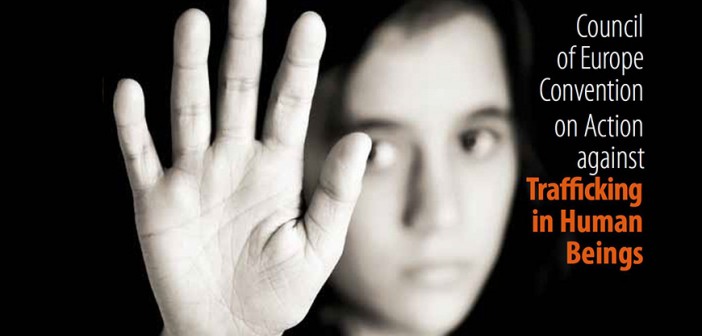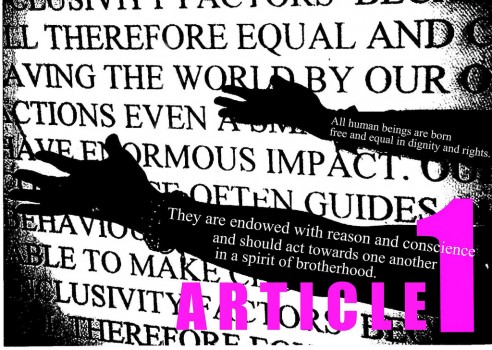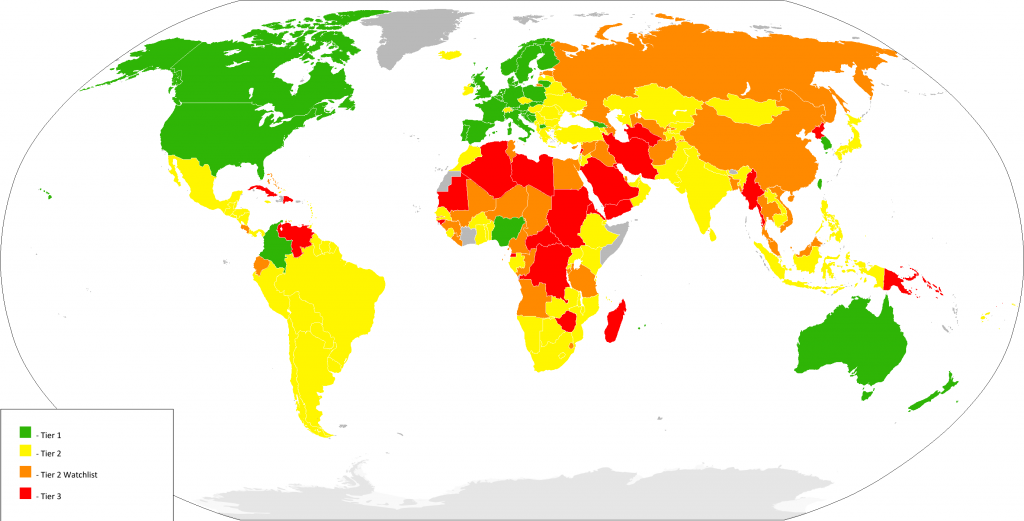Human Trafficking is one of the biggest global issues right now. The United Nations and other organizations estimate the number of victims to be anywhere between 21 and 26 millions, with more being added each day. It did not come as a surprise when President Obama declared this past January as Human Trafficking Awareness month. But many people still remain indifferent or do not know much about human trafficking.
What is Human Trafficking?
There are different ways to define human trafficking, but most often the definitions overlap on the same points. According to the US Department of Homeland Security, “human trafficking is a modern-day form of slavery involving the illegal trade of people for exploitation or commercial gain”. A contact in the Office to Monitor and Combat Trafficking further elaborated that there needs to be acts (i.e. recruiting, transportation), means (i.e. force, threat), and purpose (of exploitation, work) in order for trafficking to happen. In contrast, minors are victims of trafficking if acts and purpose occur, as there is always third party involvement in minor trafficking. Human Trafficking exists in many different forms, and minors and adults are forced to work in agriculture, garment industry, domestic labor, child soldiers or soldiers, nurses, or even in prostitution.
Where does it occur?
Human Trafficking is a global issue, and there is probably no country untouched by it. Although some regions are well known for being trafficking meccas, every country, even the US, is highly affected by human trafficking. Regions more affected by trafficking are poorer regions in South-East Asia, Africa, and South America. In South-East Asia, for example, sexual exploitation is one of the main causes for human trafficking, with sex tourism blooming over recent years. Sex trafficking also often occurs from Eastern European countries to Western countries.
Who are the victims?

Sasha Alexander joining the International Labor Organizations’ campaign to end modern slavery now (Photo: Creative Commons)
Everybody can become a victim of human trafficking. Unforeseeable circumstances and life changes can lead to poverty and increase the risk of becoming a trafficking victim. Regions most affected by trafficking are poorer regions in South-East Asia, Africa, and South America. Reports that mostly only women and girls are being trafficked are wrong, as in many instances trafficking victims are men and boys. Men and boys are often put into forced labor, but also into war zones to work as soldiers or support for troops. On the other hand, women and girls often become victims of sexual exploitation or factory labor. Ohm Phanphiroj, a professional photographer, created the short film Underage focusing on young men being victims of sex trafficking.
Is there Human Trafficking in the US?
In a report in 2005, the US State Department estimated that over 15,000 people are being trafficked insight the United States for the purpose of forced labor and sexual exploitation.
According to Polaris Project, between 2007-2012 there were over 72,000 calls, emails, or tips involving human trafficking, which led to 9,298 potential trafficking cases. In 2014, the Huffington Post reported in an article that the Superbowl is a high season for human trafficking in the US, as many victims are transferred to the host city for reasons of “entertainment”. In 85% of sex trafficking cases women were the main victims, while men were referenced in 40% of labor trafficking cases as the main victim. Polaris Project identified pimp-controlled prostitution as the main sex trafficking industry, while domestic labor and restaurant work are the main labor trafficking industries.
How do I play a role in Human Trafficking?
Many people believe that human trafficking is only happening “over there” in poorer regions and does not affect us. The reality is different. Like the stats about trafficking in the US show, hundreds of thousands of people are affected by trafficking in the United States. But there are other ways the Western world plays a role in human trafficking. The US Department of Labor published a list with over 353 items sold in the US that include either child labor or forced labor, or both. The list includes garlic and blueberries from Argentina, fish from Cambodia, textiles from China, coffee from Colombia and many other items. Consumer behavior in our society plays a big role in either supporting or combating human trafficking. Double-checking where our food really comes from is always worth the while.

The fade of many at-risk people in poorer regions around the world: a life in captivity (Photo: Creative Commons)






